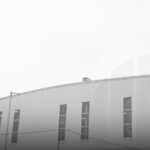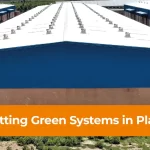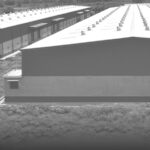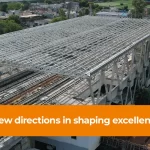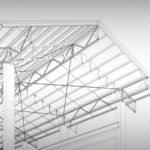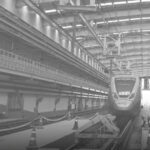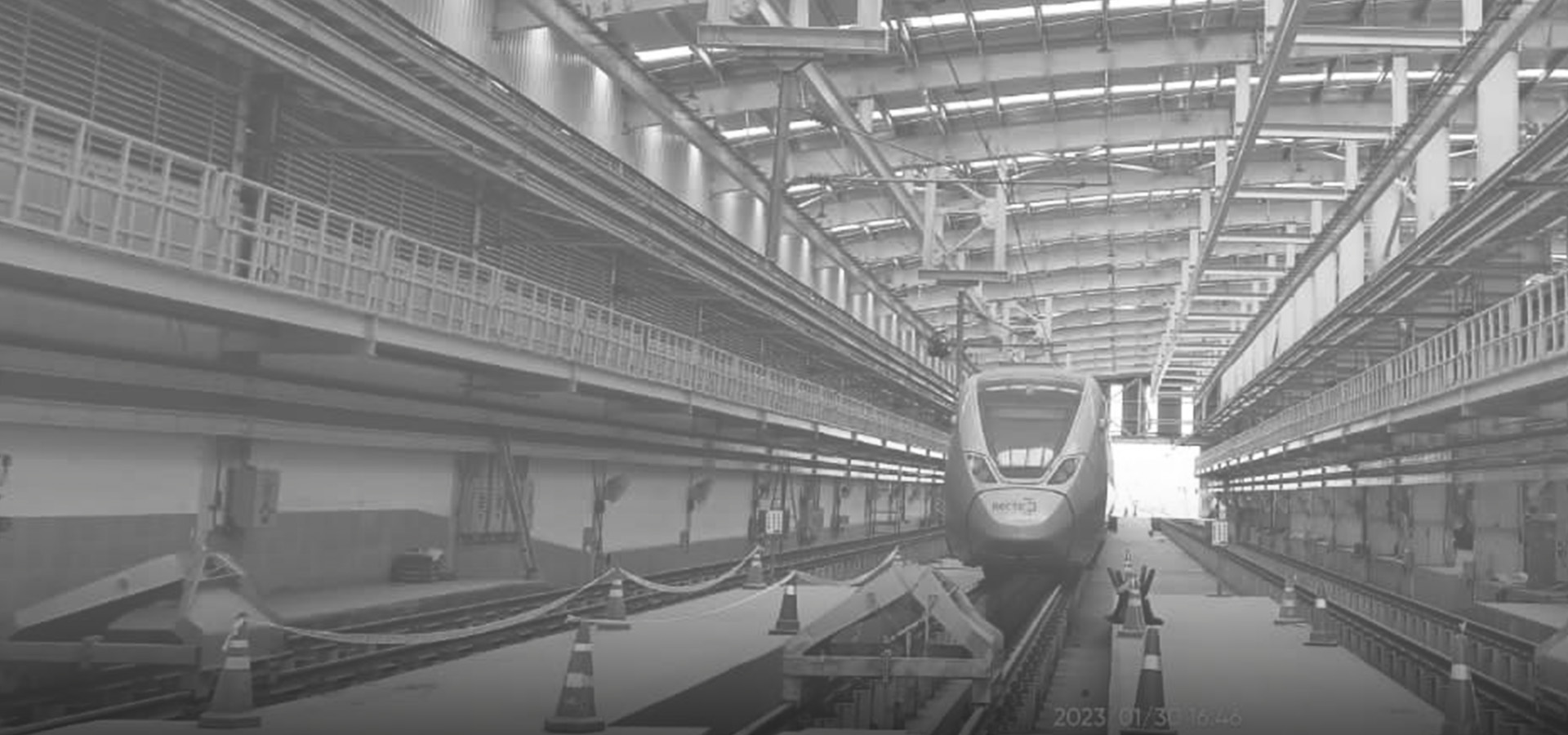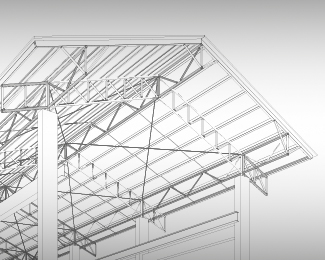Cost Efficiency In Construction: How PEB Can Save Time And Money
Introduction
A. Definition and brief explanation of pre-engineered buildings (PEB)
Pre-engineered buildings (PEB) refer to structures that are manufactured off-site using standard designs and components, and then assembled on-site. These buildings are designed to meet specific requirements and can include a variety of structures such as warehouses, factories, commercial buildings, and even residential units. PEB offers a cost-efficient and time-saving alternative to traditional construction methods.
B. Importance of cost efficiency in construction projects
Cost efficiency is a crucial aspect of construction projects as it directly impacts the overall budget and financial success of the endeavor. Construction projects often face challenges such as cost overruns and delays, which can have significant implications on profitability. Therefore, finding ways to save costs and optimize resources is essential in ensuring successful project delivery.
I. Traditional Construction Challenges
A. Cost overruns and delays
Traditional construction projects often encounter cost overruns due to unforeseen circumstances, such as changes in design, fluctuating material prices, and unexpected site conditions. These cost overruns can result in budget constraints and financial strain on the project stakeholders. Delays in construction schedules further exacerbate the cost issues by prolonging the project timeline and increasing labor and operational expenses.
B. Labor and material expenses
Labor and material expenses account for a substantial portion of construction costs. Traditional construction methods require significant on-site labor, which can be expensive due to wages, benefits, and overhead costs. Additionally, material costs can be volatile, and procurement delays or waste can further contribute to cost inefficiencies.
C. Inefficiencies in construction processes
Inefficient construction processes, such as poor coordination, inadequate project management, and inefficient use of materials, can lead to unnecessary expenses and delays. Ineffective communication and coordination between different construction teams and stakeholders can result in rework, duplicated efforts, and increased costs.
II. Cost-Saving Features Of PEB
A. Standardized designs and components
PEB utilizes standardized designs and components, which have been pre-engineered and optimized for efficiency. These designs have undergone rigorous testing and analysis, ensuring structural integrity and compliance with building codes. By using standardized components, the need for custom engineering and design is minimized, resulting in cost savings.
1. Pre-designed building systems
PEB providers offer a range of pre-designed building systems that cater to various needs and applications. These systems include structural frames, roofing and wall panels, doors, windows, and other components. The availability of pre-designed systems eliminates the need for extensive architectural and engineering work, saving both time and money.
2. Efficient use of materials
PEB manufacturers employ advanced techniques to optimize material usage. By accurately calculating the required materials and minimizing waste during the manufacturing process, PEB reduces material costs. Additionally, the controlled manufacturing environment allows for better quality control, ensuring that materials meet the required specifications.
B. Streamlined manufacturing process
PEB components are manufactured in a controlled factory environment, which offers several cost-saving advantages.
1. Factory-controlled production
The factory-controlled production process in PEB ensures efficient utilization of resources, including labor, machinery, and materials. The streamlined manufacturing process minimizes errors, reduces rework, and increases productivity, ultimately resulting in cost savings.
2. Reduced material waste
The controlled manufacturing environment in PEB minimizes material waste compared to traditional construction methods. Precise measurements and accurate cutting of materials lead to minimal scraps and leftovers. This reduction in material waste translates to cost savings and environmentally sustainable practices.
C. Quick assembly and installation
PEB structures are designed for rapid assembly and installation, offering significant time and cost savings compared to traditional construction methods.
1. Prefabricated components
PEB components are prefabricated off-site, allowing for faster on-site assembly. The pre-engineered components are manufactured to precise specifications, enabling quick
and efficient installation. This reduces labor costs, as well as the overall construction timeline.
2. Rapid on-site construction
PEB structures are assembled on-site using bolted connections or welding, depending on the design and structural requirements. This assembly process is faster and more straightforward compared to traditional construction, where extensive on-site fabrication and complex construction methods are often involved.
III. Time-Saving Benefits Of PEB
A. Faster project completion
PEB construction offers shorter construction timelines, leading to faster project completion.
1. Shorter construction timelines
Due to the pre-engineered nature of PEB, construction time is significantly reduced compared to traditional methods. The standardized designs and pre-fabricated components allow for swift assembly and installation, eliminating the need for lengthy on-site construction processes.
2. Reduced downtime and disruptions
PEB structures are designed for efficiency, minimizing downtime and disruptions during construction. The streamlined processes and controlled manufacturing environment ensure timely delivery of components, reducing idle time on-site. This efficient workflow helps accelerate project completion and reduces associated costs.
B. Streamlined project management
PEB construction simplifies project management through enhanced coordination and optimized resource allocation.
1. Simplified coordination and logistics
With standardized designs and pre-engineered components, PEB projects require less coordination and communication between various stakeholders. The clear specifications and streamlined processes make it easier to manage and monitor the project, reducing the chances of miscommunication and delays.
2. Enhanced scheduling and resource optimization
PEB construction allows for better scheduling and resource optimization. The predictable nature of pre-engineered components enables accurate project planning and resource allocation. This leads to efficient utilization of labor, materials, and equipment, resulting in cost and time savings.
IV. Cost Efficiency Case Studies
A. Examples of successful PEB projects
Several real-world examples demonstrate the cost efficiency of PEB construction.
1. Construction cost savings
In a warehouse construction project, utilizing PEB resulted in significant cost savings compared to traditional construction methods. The optimized designs, efficient material usage, and streamlined manufacturing processes contributed to reduced material costs and labor expenses.
2. Time savings and improved project schedules
PEB projects have demonstrated remarkable time savings. For instance, a commercial building project that utilized PEB achieved a 30% reduction in construction time compared to traditional methods. The shortened construction timeline resulted in cost savings by reducing labor costs, minimizing project overhead, and accelerating revenue generation.
B. Comparison with traditional construction projects
Comparing PEB with traditional construction methods reveals the cost and time differentials.
1. Cost and time differentials
Studies have shown that PEB construction can result in cost savings of 10-20% compared to traditional construction. These savings are achieved through reduced material waste, shorter construction timelines, and efficient resource utilization. The time savings associated with PEB construction further contribute to cost efficiency by minimizing labor expenses and accelerating project revenue.
2. ROI analysis and financial benefits
When evaluating the financial benefits of PEB, return on investment (ROI) analysis plays a crucial role. The shorter construction time, reduced maintenance costs, and potential for future expansion and modifications enhance the overall ROI of PEB projects.
V. Additional Cost-Saving Considerations
A. Maintenance and operational costs
PEB offers cost savings beyond the construction phase through reduced maintenance and operational expenses.
1. Energy efficiency and reduced utility expenses
PEB structures can be designed to incorporate energy-efficient features, such as insulation, daylighting, and efficient HVAC systems. These design elements contribute to lower utility expenses, reducing long-term operational costs.
2. Long-term durability and lower maintenance requirements
PEB structures are engineered for durability, with materials and finishes that require minimal maintenance. The robust construction and high-quality components result in reduced maintenance expenses over the lifespan of the building.
B. Flexibility and future expansions
PEB provides cost-effective options for future expansions and modifications.
1. Adaptive design for future modifications
The modular nature of PEB allows for easy expansion and modifications as per future requirements. This adaptability eliminates the need for extensive demolition and reconstruction, saving costs associated with major renovations.
2. Cost-effective scalability options
PEB structures can be easily scaled up or down, depending on changing needs. This scalability feature enables cost-effective adjustments to accommodate fluctuations in business demands.
Conclusion
Pre-engineered buildings (PEB) offer significant cost efficiency advantages in construction projects. Through standardized designs, streamlined manufacturing processes, quick assembly, and optimized resource utilization, PEB reduces construction costs, minimizes material waste, and shortens project timelines.
Given the potential for cost savings and time efficiency, stakeholders in the construction industry should consider PEB as a viable solution. Evaluating the specific project requirements and consulting with experienced PEB providers can help identify the best approach to optimize cost efficiency.
As the construction industry continues to evolve, the demand for cost-efficient and time-saving solutions like PEB is expected to grow. Embracing PEB technologies and practices can lead to improved construction industry efficiency, enabling stakeholders to deliver projects on time and within budget while maximizing profitability.



